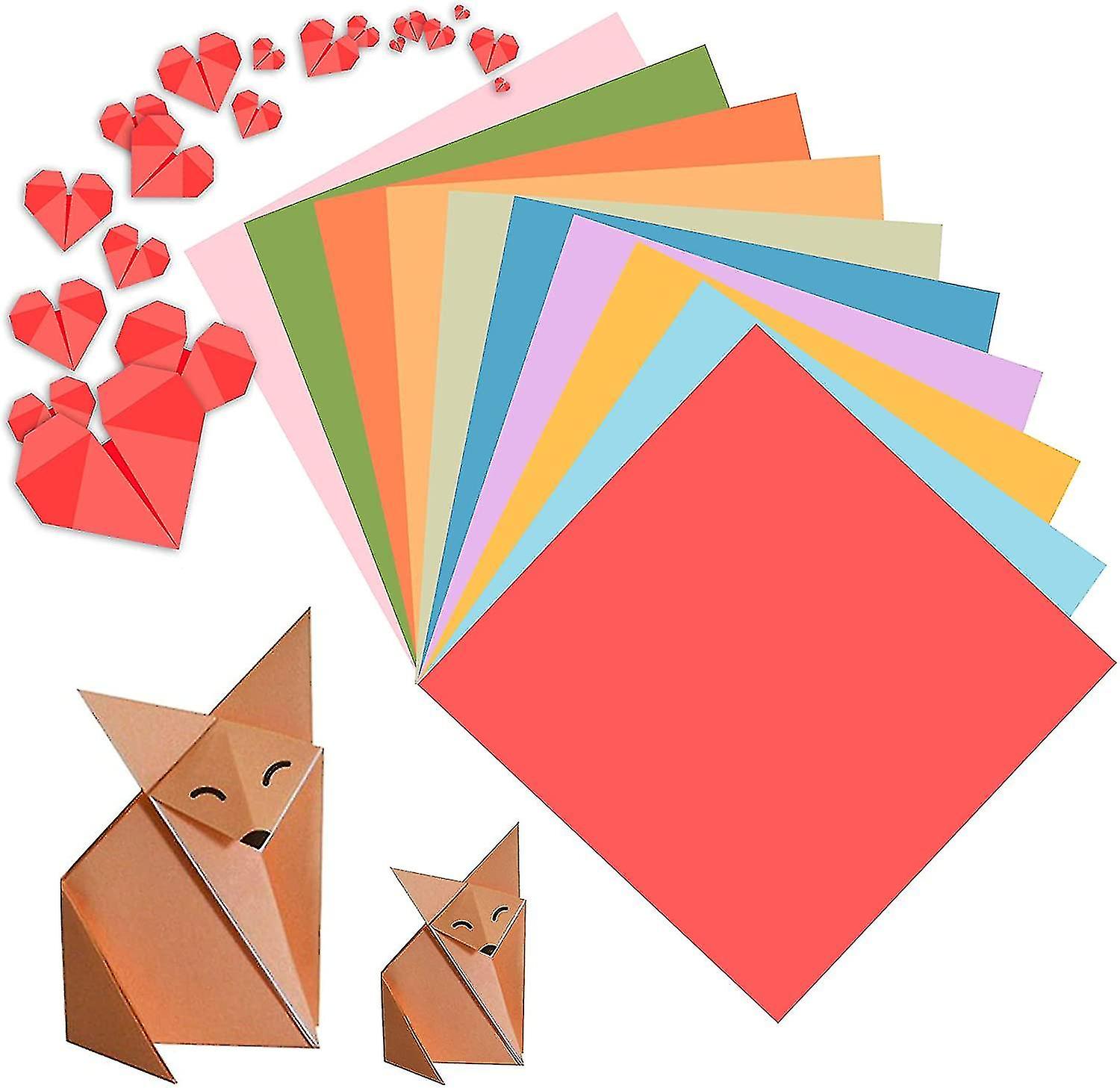Origami has not only captivated people around the world but has also become a significant part of various cultural practices and traditions. From China’s zhezhi and Spain’s papiroflexia to Germany’s faltkunst, each country has added its own unique touch to the art of folding paper. These cultural variations reflect the diverse ways in which origami has been integrated into storytelling, celebrations, education, and even architecture.
Furthermore, origami’s cultural significance extends beyond its artistic expression. It serves as a tangible link to a country’s history, heritage, and values. By exploring the different folding traditions, we gain a deeper understanding of the cultural fabric that origami weaves within each society. The art form’s ability to transcend borders and unite people from different backgrounds showcases the universal appeal of creativity and the power of art to connect us all. Origami paper, in its various forms, continues to unfold cultural traditions and foster a sense of appreciation and respect for the diversity of our world.

Japan
Origami holds deep cultural significance in Japan, where it originated during the Edo period. Japanese origami is deeply intertwined with Shinto and Buddhist rituals and is believed to bring good luck and ward off evil spirits. The crane, in particular, holds special symbolism in Japanese culture, representing longevity and good fortune. Folding a thousand cranes, known as senbazuru, is a popular tradition in Japan, often done for weddings or to wish for healing and recovery. Origami is also an integral part of the Japanese education system, teaching children patience, concentration, and precision.
China
In China, paper folding has been practiced for centuries and holds its own cultural significance. Known as zhezhi, Chinese origami often features intricate and decorative designs, such as animals, flowers, and mythical creatures. The art of paper folding in China is closely associated with folklore and storytelling, with folded figures used in puppetry and shadow play performances. Red paper is commonly used in Chinese origami, symbolizing luck and prosperity. Chinese origami also incorporates elements of feng shui, with certain folded figures believed to bring harmony and positive energy to a space.
Spain
In Spain, origami has its own unique tradition known as papiroflexia. Introduced by the Moors during their occupation of the Iberian Peninsula, papiroflexia combines elements of Islamic geometric patterns with Spanish culture. Papiroflexia often features geometric shapes and designs, such as stars, boxes, and decorative ornaments. It is often practiced during festivals and celebrations, with folded figures used as decorations or gifts. Papiroflexia has also been integrated into Spanish education, teaching children mathematics and geometry through the art of folding.
Germany
Germany has its own rich tradition of paper folding, known as faltkunst. German origami often focuses on practical applications, such as folding envelopes, wallets, and boxes. Faltkunst also incorporates elements of pop-up and interactive designs, adding an engaging and playful aspect to the art form. In recent years, Germany has seen a resurgence of interest in origami, with the development of new techniques and the establishment of origami societies and exhibitions.
In conclusion, origami paper holds cultural significance in various countries, reflecting the unique traditions and practices that have emerged over time. From Japan’s spiritual connection to China’s storytelling tradition, and Spain’s fusion of Islamic and Spanish influences to Germany’s practical applications, origami has found its place in the cultural fabric of these nations. By exploring the cultural significance of origami paper in different countries, we gain a deeper appreciation for the art form’s universal appeal and its ability to bridge diverse cultures and traditions.









